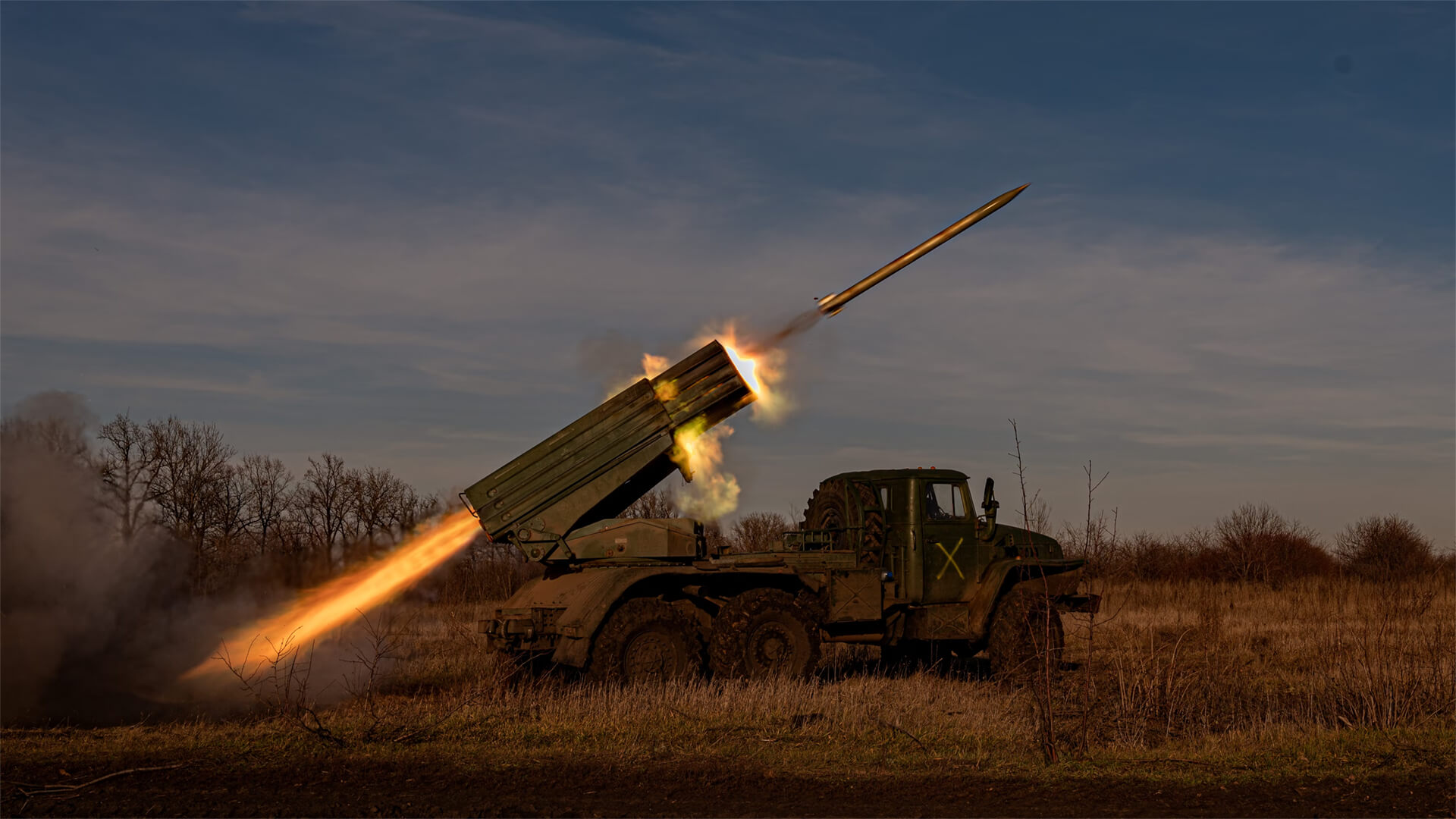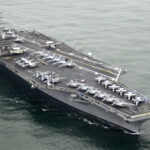Next up in our series on the changes in military tech, we’re looking at artillery.
Gone are the days of endless artillery barrages. The Russians have relied on this tactic for years, but drones and acoustic detection are changing that. When a cheap drone is capable of quickly spotting, targeting, and eliminating artillery, something clearly needs to change. And no, a “shoot and scoot” strategy isn’t sustainable.
There’s still a case to be made for artillery, but it is quickly waning. In future conflicts, new systems that prioritize speed, precision, and decentralization will be essential.
Transcript
Okay. Peter Zeihan coming to you from Arches. We’re continuing the Revolution military affairs series, and today we’re going to talk about artillery. Artillery has been one of the three most important military breakthroughs of the last couple of centuries because it allows, a force to assault another force from literally miles away. The artillery that the Russians, for example, areas in Ukraine generally has a range, between 10 and 20 miles based on what piece of hardware they’re using.
But you throw drones into the mix where a single first person pilot a drone costs less than an artillery shell. You change the math. So I am no artillery expert here. And the technology is changed very quickly. So the purposes of today’s video is basically just to talk out loud through what we’ve seen and where it might lead.
Countries that rely on artillery really do fire on it. The joke in the military is that Russia is an artillery force. It just happens to have some tanks. Hold on.
Okay. Where were we? Right. Russia. So in the Napoleonic Wars, France, which had the most technologically advanced military at the moment, invaded Russia, made it all the way to Moscow. And the Russians kind of got their asses handed to them. And if it wasn’t for some very stubborn defense and Partizan attacks, and especially a very, very rough winter, Moscow probably would have fallen.
And the Russian lesson from that was that they needed to do an upgrade for their military. However, this is a country that was basically entirely serfs. There were no technical skills among the population. They didn’t have much of a intelligentsia from a technical point of view. And so they settled on artillery because aside from the guy who was like pointing and aiming, everything else was just kind of like looking around.
And that Russian serfs could do and that the Russian, Crown would trust them with. Because artillery is really not the best weaponry for. So, you know, taking on Red square. Anyway, so they invested heavily in that and that is basically dominated Russian and then Soviet military planning ever since. Very low value added soldier base and just focus on obliterating anything in front of you from miles away. And don’t advance until there’s nothing but rubble.
So the problem the Russians are facing now is that it’s not that the artillery is irrelevant. It’s just it’s incredibly vulnerable. And they basically have to do something that called shoot and scoot, because between, acoustic detection and radar, they really can only get one shot off before counter battery fire starts.
The Ukrainians, in order to detect drones coming in, basically built an acoustic detection system around the perimeter of the country and all over the front lines so that as soon as the drones are coming in, they can translate the sounds for what kind of drones are coming on, what vectors, so they know what air defense to activate.
It works for us as artillery too. So it used to be that once an artillery shot fell, you’d use radar to basically track it back and then shoot back. But now with the acoustics, they can figure out when it fires and so the kind of battery fire can actually happen before the shell is even hit. So artillery an order of magnitude less useful than it used to be.
So the Ukrainians and the Russians are discovering that what they were trained on during the Soviet periods is no longer how war works, because the technology has left the artillery piece behind for the most part. This won’t necessarily be true everywhere. When you consider things like the Paladin system, for example, that the US has, not only is it self mobile, but it can fire multiple shots at different angles and then hit the same target at the same time.
It’s kind of cool, mobile being the key thing there. But for most artillery, you know, it’s in the past, it’s no longer cost effective for what it can do. Which brings us to a different sort of problem. So a big attraction, for artillery, for the Russians. Was that anyone, any idiot, any village idiot could operate?
Most of it because it’s just lugging stuff from point to point with drones. It’s first person shooter. You basically have to fly it manually and direct it, and that’s all. Well and good. And that doesn’t require a huge amount of skill either. Outside of, you know, the Tendo, the problem is in manufacturing, you can produce, artillery shells and artillery back in your industrial plant and then send to the front line.
And you need a limited source because, you only make a few of the tubes and you make a lot of ammo. Well, with drones, the Russians and Ukrainians are both using thousands of these things a day. So it’s a very different workforce. It is much more technically skilled. It needs to be an a lot larger number. In Ukraine, which was the heart of the old aerospace industry back during Soviet times, this has not been too heavy of a pull.
And based on whose numbers you’re using, the Ukrainians have gone from producing about 5 to 20% of the parts for their drones at home to now 70 to 90% based on the style. The Russians are nowhere near that good, because the Russians don’t have anywhere near that sort of technical skill within the country. And most of the people with those skills left, either in the 1990s or the 2000 or more recently to avoid the draft.
So they’re bringing in talent and technical skill from places like Iran and North Korea, and especially China, where you can use the Chinese industrial plant to produce the parts that then flow into Russia and then make it to the front line. Anyway, bottom line of all of this is this is very much a work in progress. We’re only three years into the war.
have a secondary power. Russia fighting a tertiary power, Ukraine. And the rules are changing every week, every month. So to think that we have a firm idea of how this is going to play out is silly, but to think that the weapon systems that we’re used to seeing on the battlefield are the weapons of the future is also silly.







